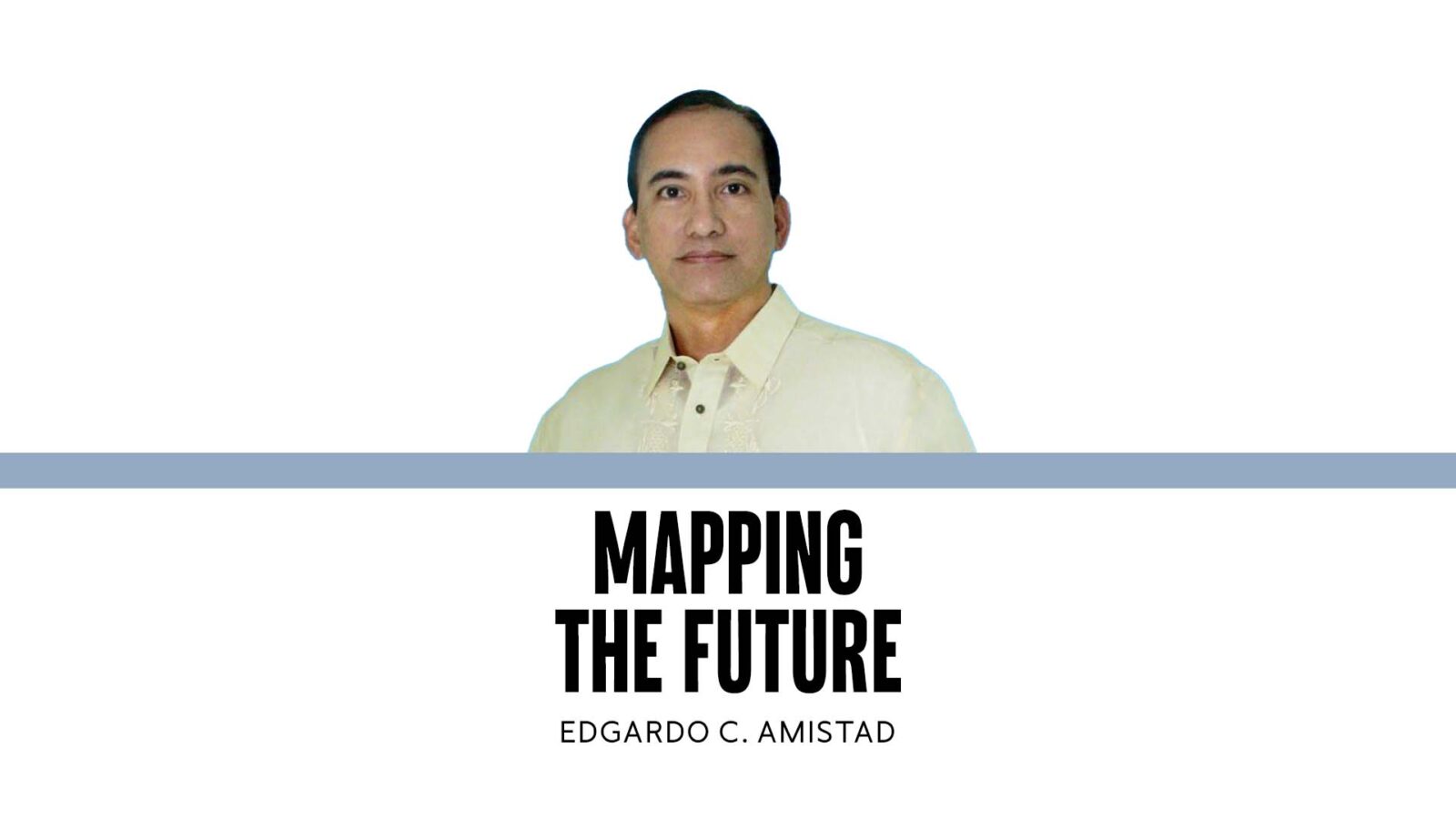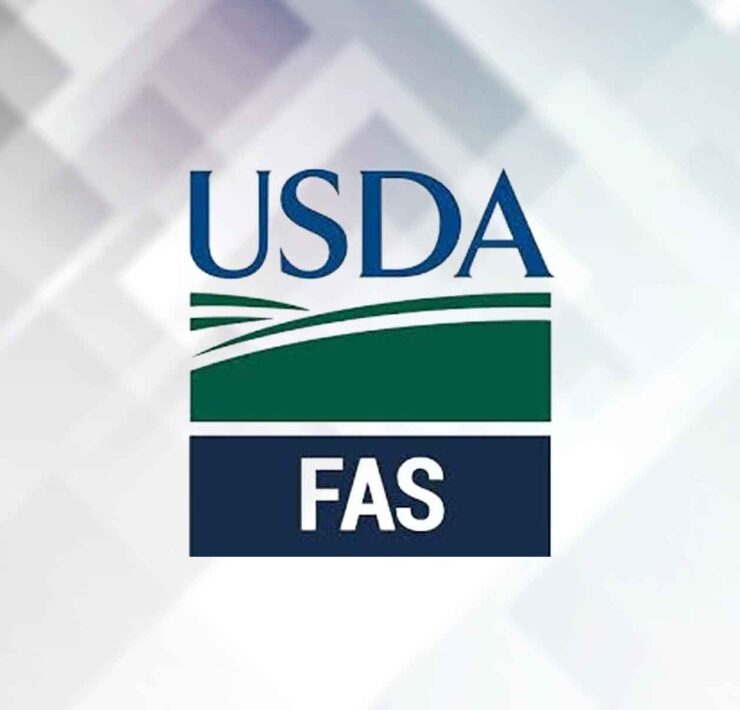Credit: The misunderstood panacea in improving the lives of farmers

In the 1970s, a well-known government bank whose slogan was the “Bank on Wheels” ran ads showing its official alighting from an off-road vehicle parked in a remote and isolated place to talk to a farmer.
The message conveyed by the ad was subliminal but unmistakable—that the bank would do everything it could to service the farmers’ financial needs.
However, something seemed amiss in the logic of those ads and the expectations they created. For while the bank has four-wheel vehicles to reach the farmers wherever they are, the farmers don’t have the same all-terrain transport to bring their produce to the markets. And, if the farmers could not sell, how then could they succeed notwithstanding the credit assistance extended to them?
Before granting loans to the farmers, there are prerequisites that must be put in place. Otherwise, the loan provider is merely mistaking good intentions for worthy endeavors rather than waste of resources and foolish adventures.
During my stint with a government bank in the 1990s, I handled a program in partnership with the Department of Agrarian Reform (DAR) and an international funding agency.
The program involved the provision for credit by the bank, and the development of infrastructures and the strengthening of the capacity of co-ops in the identified agrarian reform communities (ARCs) by the DAR.
During one assessment conference, the international funding agency asked the representatives of the bank and the DAR, “How come the program was not progressing as scheduled?”
The DAR pointed a finger at the bank, saying we had not released a single centavo in loan from the agency’s fund. I explained to the DAR that they must complete all the preliminary work before we make any release. Otherwise, the credit would just come to naught.
Apparently, many experts have the misguided belief that credit alone would solve the farmers’ problems. This might hold true in certain cases, but in most others, it is utter falsehood.
Most of the time, it’s the noncredit assistance that the farmers need the most to be delivered first. To fast-track a wrongly timed credit delivery would only bury them in ill-advised debt.
Why then is there so much pressure on government to provide credit to the farmers? It’s due to the wrong notion that since it’s easy to implement, the provision of credit should be the first assistance extended to the farmers to provide quick relief. You just identify the beneficiaries and their locations, and you can already release the loans. But once the loans fall due, and the farmers are unable to pay, only belatedly do you realize that that is the wrong approach. Credit, after all, should not be provided ahead of other critical social preparations. Otherwise, it would be like driving a cart ahead of the horse.
The other required interventions, such as farm-to-market roads, irrigation facilities, postharvest plants, etc. and capability and institutional strengthening of the farmers and their co-ops through trainings on various disciplines, usually take time to accomplish. But since we want immediate and instant results, we short cut the process, resulting in wasted funds.
Amend at our risk
Herein lies the danger in the clamor of some agriculture advocates to revise the Agri-Agra Law. They recommend that we get rid of the banks’ exemption from allocating 2 percent of their loanable funds to agriculture by investing in government securities instead.
Such proposition is fraught with risks. In the first place, banks do not own all the money they lend out. About 90 percent of their loanable funds come from depositors, and they have a fiduciary duty to those depositors to safeguard their funds.
Moreover, because of the dearth of appropriate interventions and preparations in the past, the farmers and their organizations’ absorptive capacity have remained limited. Drowning them in debts would only result in the farmers literally getting suffocated.
Whose responsibility is it then to provide the necessary support to the farmers prior to the grant of credit? It is the government’s. We can’t expect the private sector to handle this because the huge expenditures it would entail would be difficult to justify to the private corporate owners.
On the other hand, for the government, those expenses could be considered as necessary investments in the country’s food security. If the government performs its role right, the private sector could come in later as bankers to the farmers and their organizations.
But looking at the miniscule budget allocated by the government to agriculture over the past decades, it would appear we are not serious about addressing the farmers’ needs and requirements.
Are we rice-centric?
Related to the topic of the budget of the Department of Agriculture (DA) is the ongoing criticism that the agency’s plan is too rice-centric, resulting in the neglect of other equally important farm products. Is this really the case? Or is it only because the DA’s budget is so meager that the allocation for rice appears huge? The solution is not to redistribute the said rice production budget but to bat for a bigger DA fund allocation.
For as long as DA’s share of the national budget is wanting, it is but just logical for them to allot the bulk on palay production. After all, the fate of many poor Filipinos to survive hunger rests on the ready availability of rice.
There is one palpable rural scene that clearly demonstrates how deficient the government’s pre-credit interventions are in assisting the farmers. This is in the way the farmers in many parts of the country dry their palay, which is along the highway. We are probably the only country in Asia that still practices this archaic method. It’s time to shred this practice to oblivion.
Improving our agricultural productivity is essential to our survival. With the unabated growth in the world’s population and the ill-effects of climate change, the challenges facing our agricultural productivity and sustainability are grave indeed. Doing something about it is a no-brainer. And it all begins with assisting the farmers in the right way.
This article reflects the personal opinion of the author and does not reflect the official stand of the Management Association of the Philippines or MAP. The author is member of the MAP Agribusiness Committee. He is also the Adviser of the Philippine Disaster Resilience Foundation (PDRF) and is the former President of UCPB-CIIF Finance and Development Corporation, and UCPB-CIIF Foundation, and former senior officer of LandBank.





















Turning threat into opportunity for agriculture